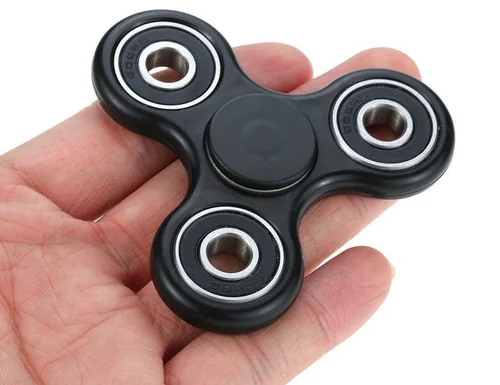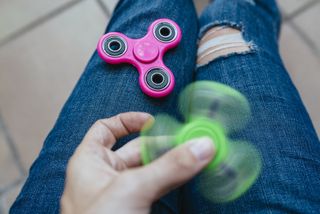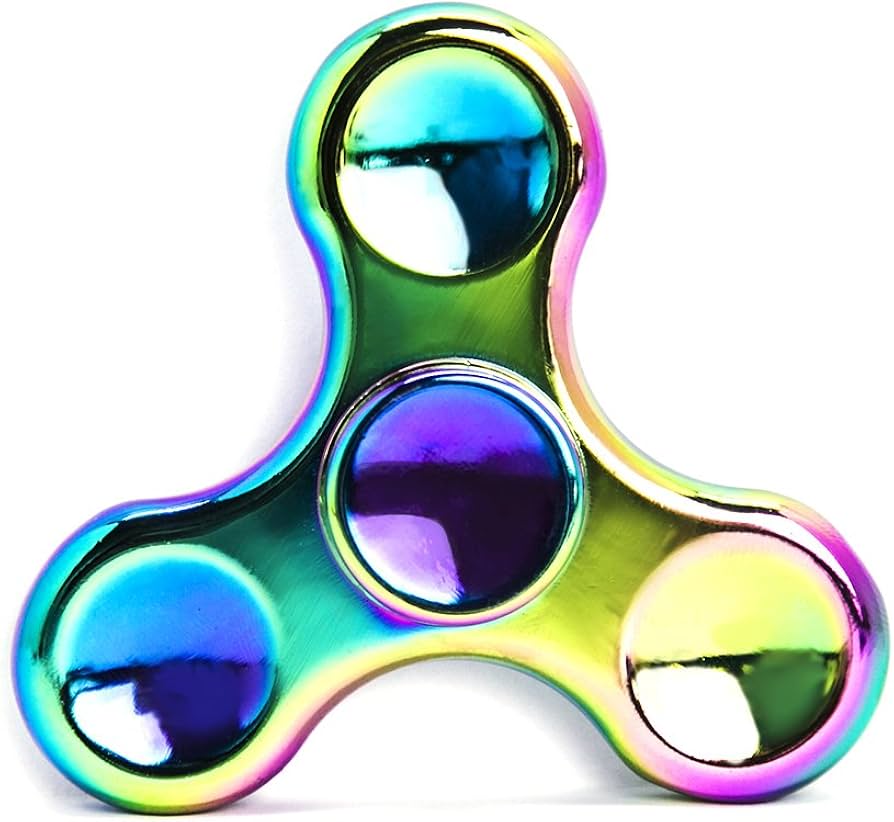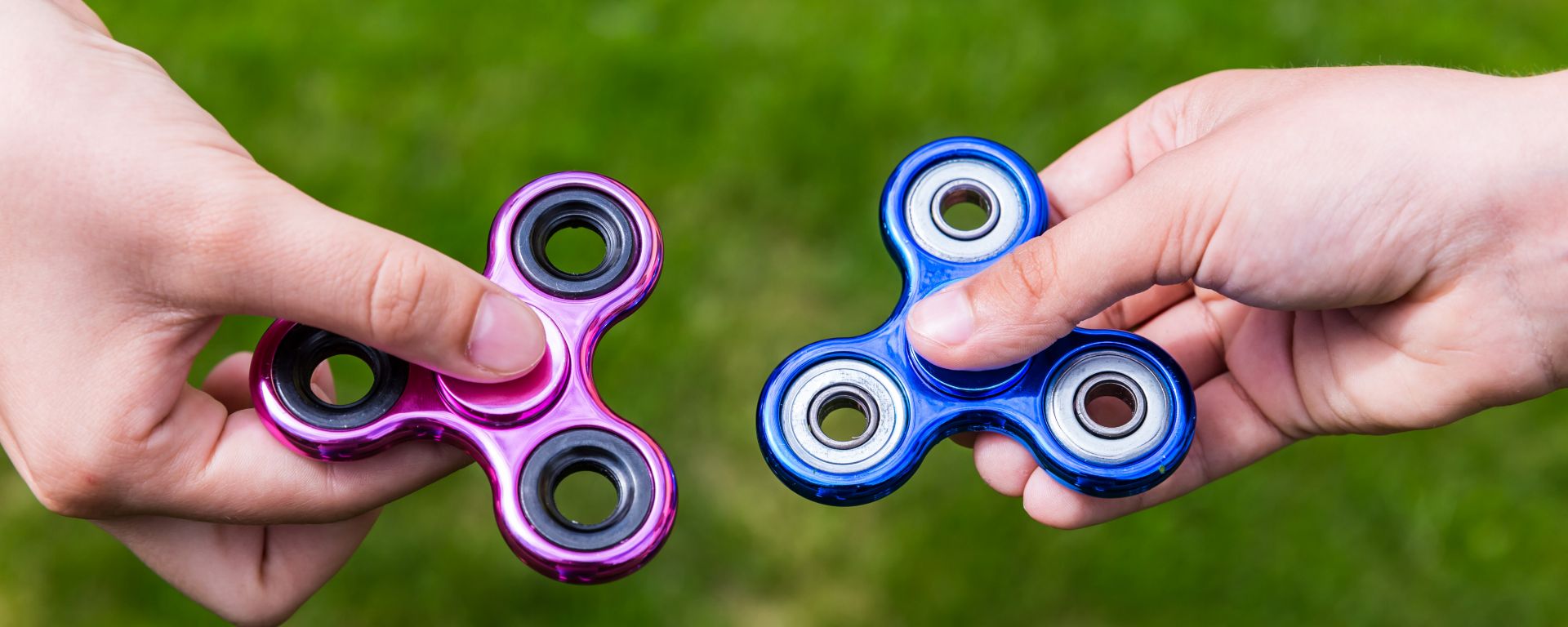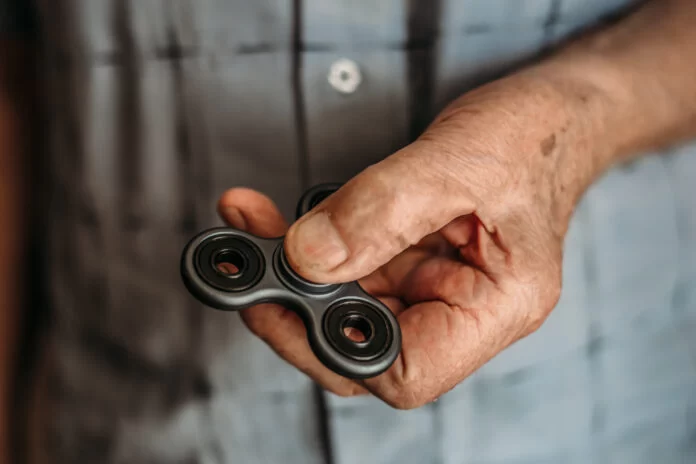The Invention and Evolution of Fidget Spinners
Fidget spinners have taken the world by storm. They originated in the United States, with Scott McCoskery creating a metal spinning device called a "Torqbar" around 2014 to satisfy his own fidgeting tendencies. This simple yet ingenious invention quickly gained traction and transformed into the familiar three-lobed design we know today. The fidget spinner is composed of a ball bearing at the center and a multi-lobed structure made from various materials like metal or plastic, often with weights in the lobes to enhance the spinning effect.
The Popularity Surge and its Impact
In 2017, fidget spinners became an absolute sensation. Their popularity soared, and they could be found everywhere. Google Search trends showed a significant spike in interest. They even became the subject of numerous Internet memes on platforms like 4chan and Reddit. However, their popularity wasn't without controversy. Some teachers argued that they distracted students from their schoolwork, and many schools banned them on campus. Despite the initial hype, their sales and popularity declined rapidly after peaking in May 2017.
The Patent and Inventor Debates
The history of the fidget spinner's invention is not straightforward. Scott McCoskery filed a provisional patent application and was eventually granted a U.S. patent. Meanwhile, David Allen Pavelsky also applied for a design patent. However, Catherine Hettinger, who was wrongly credited by some media as the inventor, had her patent lapse and her design differed from the modern fidget spinner.
Fidget Spinners in Education and Beyond
Fidget spinners have also found their way into educational settings. The Flinn STEM Design Challenge™ uses fidget spinners to teach students about physics. Students design and build a bearingless fidget spinner toy, applying the concept of moment of inertia and working within a budget. Materials such as bamboo skewers, cardboard sheets, foam sheets, paper clips, sandpaper sheets, and various washers are used in the process.
Conclusion
Fidget spinners have come a long way from their humble beginnings. They have captured the attention of people of all ages, sparked debates, and even found a place in education. Whether as a stress-relieving tool, a source of entertainment, or a learning aid, fidget spinners have left an indelible mark on our culture. Their story is a reminder of how a simple idea can have a significant and widespread impact.

